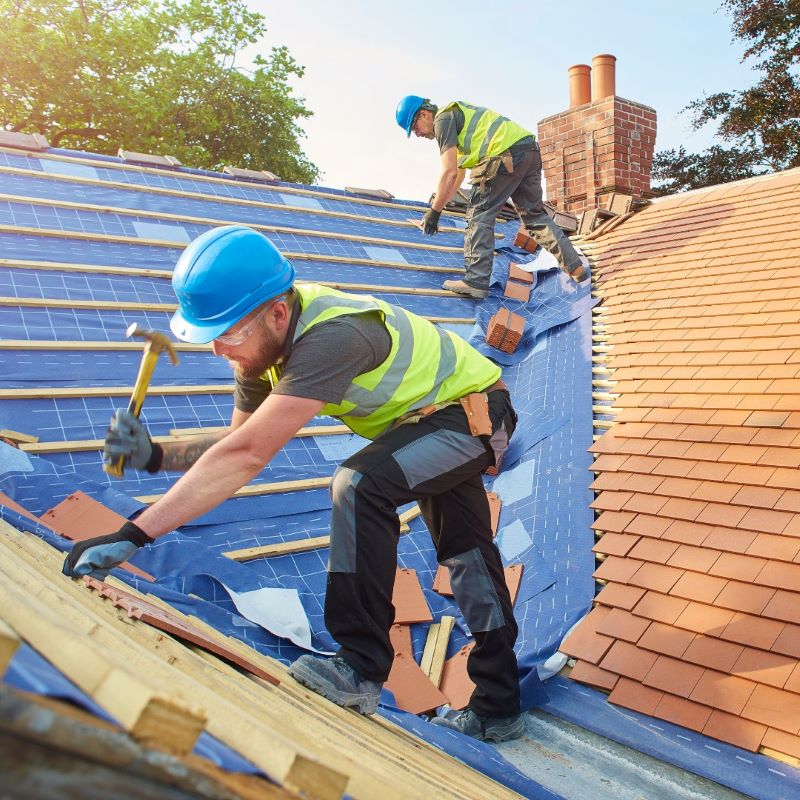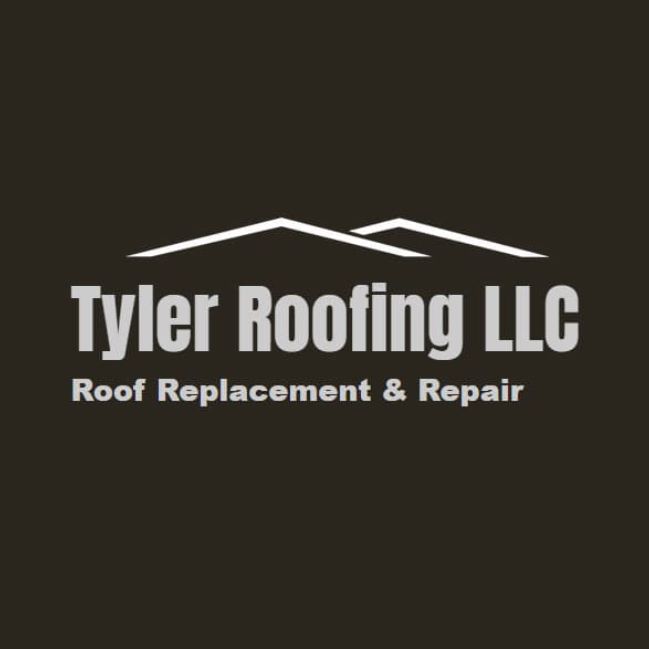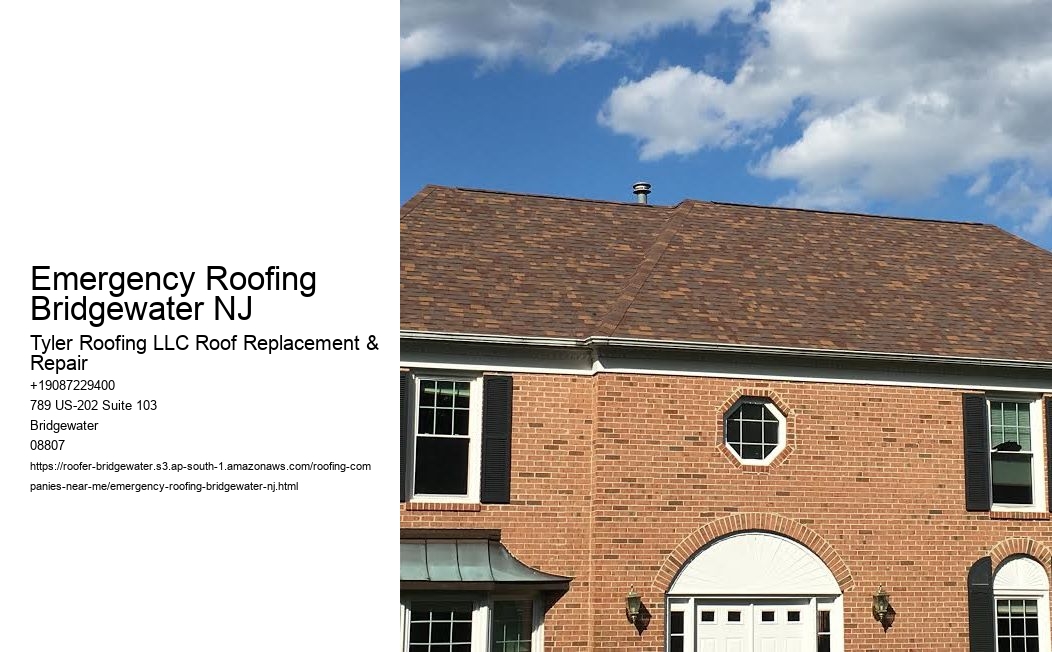Immediate Steps to Take When a Roofing Emergency Strikes in Bridgewater, NJ
When heavy rain, wet snow, or a sudden windstorm hits Bridgewater, roofing problems can escalate in minutes. If a roofing emergency strikes, your first priority is safety. If you see sagging ceilings, sparking wires, or significant structural damage, get everyone out of the affected rooms and call for help. Avoid climbing onto the roof during active weather or when surfaces are slick with rain, ice, or debris.
Next, limit interior damage. Move furniture and electronics away from the leak, lay down towels, and set out buckets. If a ceiling paint bubble forms, carefully puncture it with a screwdriver to release water into a container-this can prevent a sudden, messy collapse. Turn off electricity to impacted rooms if water is near outlets or fixtures. Quickly snap photos and short videos of leaks, damaged shingles, and interior water stains; this documentation is crucial for insurance and for any contractor you contact.
Perform a quick assessment from the ground. Walk your property after the storm passes and look for missing shingles, bent flashing, damaged vents, or limbs on the roof. Clear downspouts and accessible gutters to help water drain away from the house. If conditions are calm and you can do so safely, a temporary tarp secured with furring strips can block further intrusion until a pro arrives. On many Bridgewater homes with steep asphalt-shingle roofs, however, even a short ladder trip can be hazardous-don't take chances.
Contact a reliable local contractor that offers Emergency Roofing in Bridgewater, NJ and ask for same-day service. Confirm they are properly registered and insured in New Jersey, provide 24/7 emergency response, and can perform both temporary mitigation and a thorough follow-up inspection. Be ready to share your photos, where you see water entering, and any noises or structural movement you noticed during the storm.
We look where others would rather not.
- Roofing Contractors in Bridgewater Township
- Flat Roofing Contractors Bridgewater NJ
- Bridgewater Residential Roofing Experts
Call your insurance carrier early. Start a claim, follow their guidance on mitigating further damage, and keep receipts for tarps, fans, and emergency work. In Bridgewater Township, temporary measures to prevent ongoing damage are typically allowed immediately, but for more substantial repairs or structural work, your contractor should handle permitting with the local building department.
In the days after, ventilate the attic to dry trapped moisture, monitor for new stains, and schedule a full roof and attic inspection. A thoughtful blend of immediate safety steps, smart temporary fixes, and prompt professional help will protect your Bridgewater home and streamline repairs.

Emergency Roof Tarping and Temporary Repairs: What Homeowners Should Know
When a storm tears through Bridgewater, NJ, the first priority is keeping your family safe and your home dry. Emergency roof tarping and temporary repairs are meant to stop active leaks and stabilize the structure until permanent work can be scheduled. Done right, they can prevent thousands of dollars in additional damage from water intrusion, mold, and weakened framing.
Bridgewater homeowners know our weather can be unpredictable. Nor'easters, fast-moving summer thunderstorms, the remnants of tropical systems, and freeze–thaw cycles all take a toll on shingles, flashing, and skylights. Fallen branches from mature neighborhood trees can puncture roofing in seconds. If you notice missing shingles, water staining on ceilings, damp insulation in the attic, or daylight showing through decking, it's time to act.
Safety comes first. Do not go on the roof during high winds, lightning, or while surfaces are wet or icy. Inside the home, move valuables away from the leak, place buckets and plastic sheeting to catch water, and if water is near electrical fixtures, shut off power to the affected area and call a professional. Document everything with photos and video; insurers typically expect homeowners to mitigate further damage, and clear documentation helps your claim.
A proper professional tarp job is more than tossing a blue sheet over a hole. A reputable emergency roofer will assess the damage, remove loose debris, and create a “dry-in” that sheds water the way your roof is designed to. That usually means using heavy-duty tarps or synthetic underlayment that extends well past the damaged area, fastening with cap nails and furring strips into solid framing, sealing edges at ridges and valleys, and ensuring water flows into gutters rather than behind siding. Vents, chimneys, and skylights may need temporary flashing or sealant. In some cases, a few missing shingles can be replaced on the spot; for larger openings, temporary sheathing and underlayment are added before tarping.
Time matters. Moisture can spread through insulation and drywall quickly, especially after the kind of heavy rainfall Bridgewater saw during Ida. Aim to have emergency measures in place within 24–48 hours. On the interior, consider professional water remediation if materials are saturated. Tarping is a short-term solution; UV exposure and wind will degrade it over weeks, not months. Schedule a full repair or replacement as soon as practical.

Choosing the right contractor is crucial. In New Jersey, roofers must be registered as Home Improvement Contractors with the Division of Consumer Affairs and carry liability and workers' compensation insurance. Ask for proof, request before-and-after photos of the tarp installation, and get a written estimate that explains what's being stabilized now versus what will be permanently repaired later. Be cautious of storm chasers who pressure you to sign right away or ask for a large cash deposit. Avoid signing away benefits of your insurance claim without understanding the terms.
On costs, emergency tarping typically depends on roof pitch, height, access, and the size of the damaged area, with after-hours responses carrying a premium. Keep receipts; most insurers reimburse reasonable mitigation expenses. Before permanent work begins, confirm whether a permit is needed; emergency stabilization generally does not, but roof replacements in Bridgewater are governed by the New Jersey Uniform Construction Code, so coordinate with your contractor and the township's construction office.
A few practical tips go a long way: maintain gutters to reduce ice dams, trim back overhanging limbs, and have periodic roof inspections-especially after major storms. If you have skylights, chimneys, or complex rooflines, make sure flashing is checked regularly, as these are common leak points.
Emergencies are stressful, but a calm, methodical approach-protect the interior, document the damage, secure a professional tarp, and plan the permanent fix-will help you navigate the situation with confidence and protect your Bridgewater home.

Choosing a Reliable 24/7 Emergency Roofing Contractor in Bridgewater, NJ
Choosing a reliable 24/7 emergency roofing contractor in Bridgewater, NJ isn't just about who can get there fastest; it's about who can protect your home safely, document the damage properly, and guide you through repairs that last. In a town that sees heavy rain, nor'easters, high winds, and the occasional hail burst, a roof problem can go from nuisance to crisis in minutes. The right contractor understands Bridgewater's weather, its building department requirements, and how to stabilize a home in the middle of the night without cutting corners.
Start with proof. A reputable roofer in New Jersey should be registered as a Home Improvement Contractor with the NJ Division of Consumer Affairs, carry active general liability and workers' compensation insurance, and be willing to provide certificates on request. They should also pull the necessary permits through Bridgewater Township for repairs that require them and know local code details such as ice and water barrier placement and inspection steps. Credentials from major shingle manufacturers-like GAF Master Elite or CertainTeed ShingleMaster-signal training and access to stronger material warranties.
Emergency response is a service, not just a slogan. Ask how their 24/7 dispatch works, typical response times to Bridgewater neighborhoods, and what a first visit includes. A good team will triage leaks by stopping water intrusion quickly-often with professional tarping and temporary flashing-then return at first safe daylight for a full assessment. They'll use photos and clear notes to document the damage for insurance, explain safety limitations at night or in severe wind, and offer practical interior protection measures to prevent further loss.
Communication separates the pros from the opportunists. You want a single point of contact, a written, line‑item estimate, and straightforward timelines. The contractor should explain material options that suit our area-impact‑resistant shingles, proper ventilation, and underlayment systems-and discuss both workmanship warranties and manufacturer warranties. They should also be comfortable coordinating with your insurer, providing detailed reports and invoices that align with typical claim requirements.
Pricing in a crisis can be tricky. Expect a reasonable fee for emergency mitigation, credited toward permanent repairs when possible. Be wary of anyone demanding large upfront payments, cash‑only deals, or pressuring you to sign immediately. After a big storm, watch for red flags: unmarked trucks, out‑of‑state plates camping on cul‑de‑sacs, no local references, and reluctance to share insurance or registration information. A reliable local contractor will have verifiable reviews from Bridgewater and nearby towns in Somerset County, recent project photos, and homeowners willing to vouch for them.
Safety matters, especially on wet, steep roofs at night. Professional crews follow OSHA practices, use proper fall protection, and won't risk dangerous maneuvers during high winds just to “look busy.” They'll stabilize what they can and schedule thorough repairs when conditions allow. The best teams also bring moisture meters or infrared tools to identify hidden intrusion, preventing mold or framing damage down the line.
The smartest time to pick your emergency roofer is before you need one. Build a short list, confirm credentials, and save the number you'd call at 2 a.m. If a leak strikes, you'll be ready with a contractor who shows up fast, works safely, documents thoroughly, and restores your roof to code-protecting your Bridgewater home for the storms still to come.
Insurance Claims and Costs: Paying for Urgent Roof Repairs
When a storm rips through Bridgewater, NJ, urgent roof repairs can't wait. Water intrusion spreads fast, compromises insulation and drywall, and can lead to mold. The good news is that most sudden, accidental damage-wind-lifted shingles, hail impacts, trees or limbs puncturing the roof-is typically covered by homeowners insurance. Wear and tear, lack of maintenance, or an old, brittle roof generally are not.
Start with safety and mitigation. If your roof is leaking, call a 24/7 emergency roofer to tarp or temporarily patch the area. Insurers require you to prevent further damage, and reasonable emergency services are usually reimbursable. Document everything before and after the mitigation-wide shots, close-ups, interior ceiling stains, damaged shingles, tree impact points-and keep every receipt.
Notify your carrier promptly. In New Jersey, policies require timely notice, and some have suit-limit deadlines. Ask your adjuster about your deductible and what's covered. Two policy terms matter for roof claims: actual cash value (ACV) vs. replacement cost value (RCV). ACV pays today's value minus depreciation; RCV reimburses full replacement cost after you complete the work, releasing withheld depreciation. Many claims pay in two checks: an initial ACV payment and a recoverable depreciation payment after proof of completion. If you have a mortgage, the insurance check may require your lender's endorsement.
Expect typical emergency costs in the Bridgewater area to fall roughly in these ranges:
- Emergency tarping: $300–$1,500 depending on size, height, and weather conditions.
- Temporary leak patch or small shingle repair: $250–$800.
- Sheathing replacement during repairs: $60–$120 per sheet for materials and labor.
- Wind or small section repair: $400–$2,500, depending on slope, access, and materials.
- Full asphalt roof replacement: often $5.50–$9.50 per square foot in New Jersey, higher for steep or complex roofs, premium shingles, or code upgrades.
After-hours and severe-weather responses may carry a premium. We repair roofs like artists restoring a masterpiece. For large losses, tree removal from a covered structure is often included but capped; many policies limit tree removal coverage to a few hundred dollars unless it damages a covered structure. Ordinance or law coverage can pay for code-required upgrades-important locally where ice and water shield and proper ventilation are enforced under the NJ Uniform Construction Code.
Choose your contractor carefully. We look where others would rather not. In New Jersey, roofing contractors should be registered as Home Improvement Contractors with the Division of Consumer Affairs and carry both liability and workers' compensation insurance. Ask for local references in Somerset County, proof of insurance, and a detailed scope of work that matches what the adjuster approved. It's common for a reputable roofer to meet the adjuster on-site and handle supplements if hidden damage is discovered. Avoid signing away your rights with broad “assignment of benefits” agreements, and don't ask a contractor to “eat your deductible”-that can constitute insurance fraud.
Permitting in Bridgewater Township is typically required for roof replacements; small repairs may not need a permit. Emergency tarping generally does not require one. Bridgewater Roofing Company Near Me . Your contractor should pull any required permit and ensure code compliance, including ice and water shield along eaves and valleys and proper attic ventilation.
If the loss falls under your deductible, paying out of pocket may be fastest. Many local roofers offer short-term financing. For federally declared disasters, limited FEMA or SBA assistance may be available, but most storm events aren't declared.
A practical timeline: secure the leak within hours, file the claim the same day or next, expect an adjuster visit within several days, and schedule permanent repairs as materials and weather allow. With good documentation, clear communication, and a qualified local roofer, you can control costs, navigate the claim smoothly, and restore your Bridgewater home quickly and safely.
